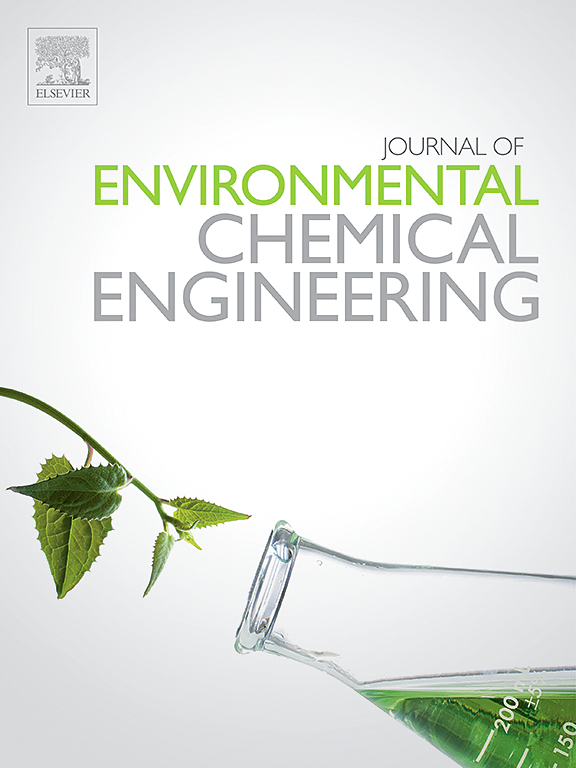过硫酸盐修复石油污染土壤的研究进展:现有技术、降解途径及未来发展方向
IF 7.4
2区 工程技术
Q1 ENGINEERING, CHEMICAL
引用次数: 0
摘要
石油泄漏对土壤环境和人类健康造成严重危害。近十年来,过硫酸盐作为一种强氧化剂被广泛应用于石油污染土壤的修复。综述了过硫酸盐修复石油污染土壤的各种方法及其优缺点,讨论了实验因素和环境因素对过硫酸盐修复石油污染土壤技术的影响。利用R语言的文献计量工具和文献计量网页,分析了技术发展趋势,总结了目前石油污染土壤过硫酸盐修复的流行方法,展望了石油污染土壤过硫酸盐修复的绿色发展方向。提出密度泛函理论与GC-MS相互印证可以得到石油烃的中间体和降解途径,为过硫酸盐降解石油烃提供理论依据。最后,提出了过硫酸盐修复技术与机器学习的结合,这将有助于优化过硫酸盐修复石油污染土壤的资源和时间。本文章由计算机程序翻译,如有差异,请以英文原文为准。
Research progress on remediation of petroleum contaminated soil by persulfate: Existing technologies, degradation pathway and future direction
Petroleum spills pose serious hazards to the soil environment and human health. In the last decade, persulfate (PS) has been widely used as a strong oxidant for the remediation of petroleum contaminated soils. This paper aims to review the methods of remediation of petroleum contaminated soils with persulfate and their advantages and disadvantages, and to discuss the effects of experimental and environmental factors on the remediation techniques of contaminated soils with persulfate. The bibliometric tools of R language and bibliometric webpage are used to analyze the technological development trend, summarise the current popular methods of persulfate remediation of petroleum contaminated soils, and look forward to the direction of green development of persulfate remediation of petroleum contaminated soils. It is proposed that density functional theory and GC-MS can be corroborated with each other to obtain the intermediates and degradation pathways of petroleum hydrocarbons, which will provide a theoretical basis for the degradation of petroleum hydrocarbons by persulfate. Finally, the combination of persulfate remediation technology with machine learning is proposed, which will help to optimize resources and time in the work of persulfate remediation of petroleum contaminated soil.
求助全文
通过发布文献求助,成功后即可免费获取论文全文。
去求助
来源期刊

Journal of Environmental Chemical Engineering
Environmental Science-Pollution
CiteScore
11.40
自引率
6.50%
发文量
2017
审稿时长
27 days
期刊介绍:
The Journal of Environmental Chemical Engineering (JECE) serves as a platform for the dissemination of original and innovative research focusing on the advancement of environmentally-friendly, sustainable technologies. JECE emphasizes the transition towards a carbon-neutral circular economy and a self-sufficient bio-based economy. Topics covered include soil, water, wastewater, and air decontamination; pollution monitoring, prevention, and control; advanced analytics, sensors, impact and risk assessment methodologies in environmental chemical engineering; resource recovery (water, nutrients, materials, energy); industrial ecology; valorization of waste streams; waste management (including e-waste); climate-water-energy-food nexus; novel materials for environmental, chemical, and energy applications; sustainability and environmental safety; water digitalization, water data science, and machine learning; process integration and intensification; recent developments in green chemistry for synthesis, catalysis, and energy; and original research on contaminants of emerging concern, persistent chemicals, and priority substances, including microplastics, nanoplastics, nanomaterials, micropollutants, antimicrobial resistance genes, and emerging pathogens (viruses, bacteria, parasites) of environmental significance.
 求助内容:
求助内容: 应助结果提醒方式:
应助结果提醒方式:


